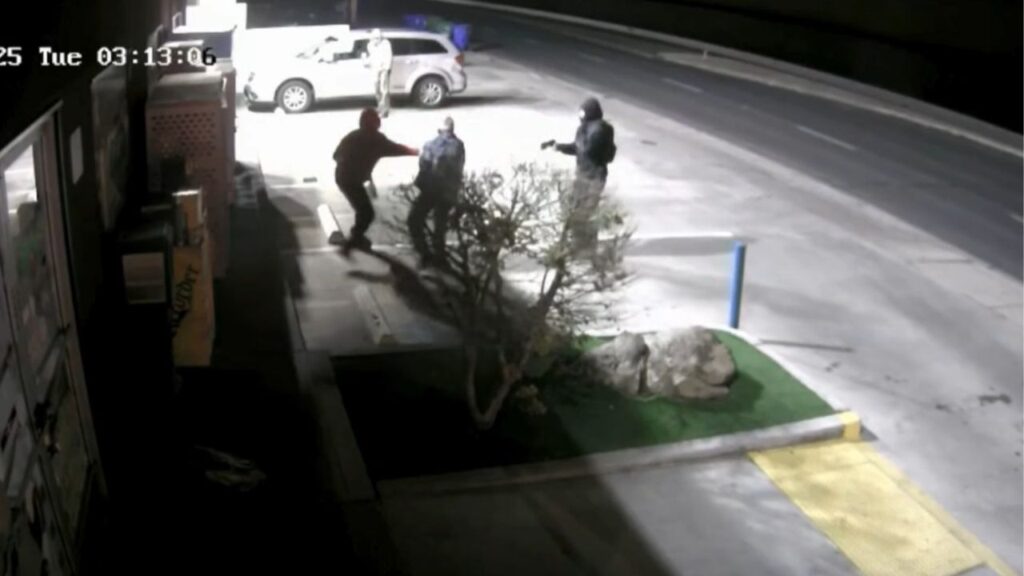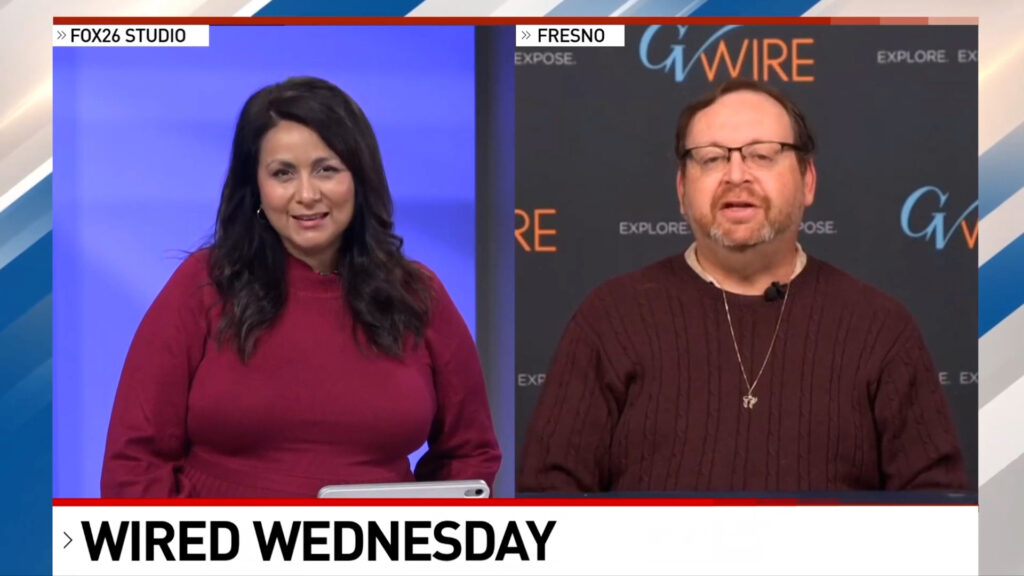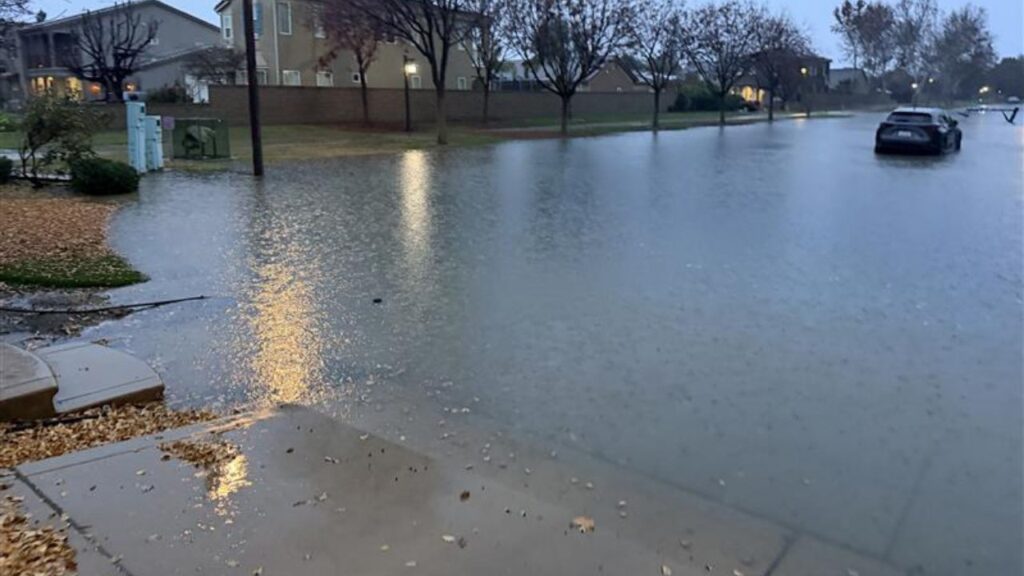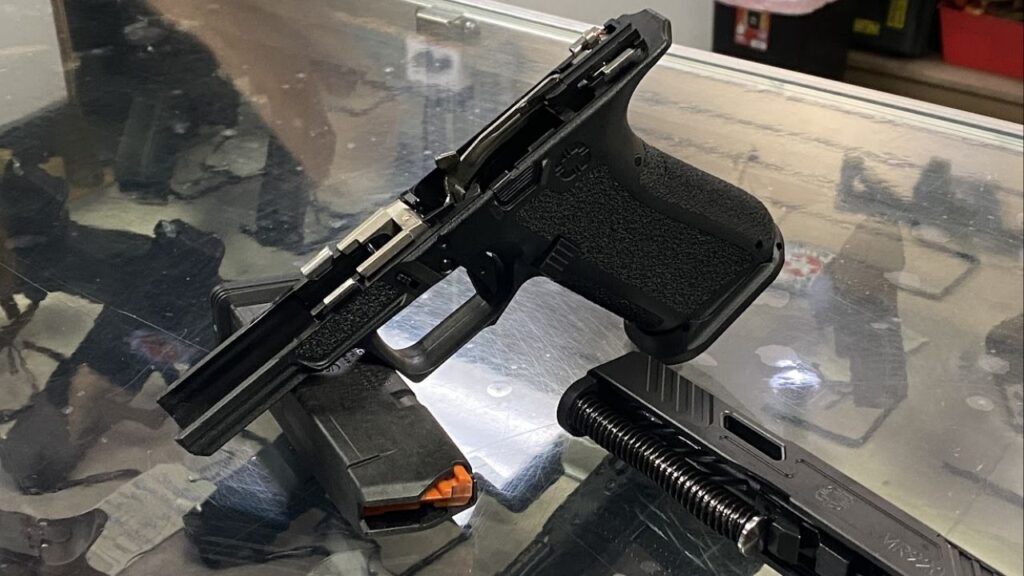Share
KABUL, Afghanistan — There has been an increase in Iranian activity in Afghanistan that poses a risk to American and coalition troops there, a senior U..S. commander said, as the threat from Tehran continues to churn across the Middle East.
“Iran has always sort of dabbled a little bit in Afghanistan, but they see perhaps an opportunity to get after us and the coalition here through their proxies,” McKenzie said. “So, we are very concerned about that here as we go forward.”
McKenzie’s warnings come just weeks after Iran launched as many as two dozen ballistic missiles at two bases in Iraq where American forces are stationed. No one was killed, but several dozen U.S. troops received traumatic brain injuries. The attack was in retribution for a U.S. drone strike in Iraq that killed Qassem Soleimani, a top Iranian Quds Force general.
Iran has long provided money, support and weapons to Shiite militias in Afghanistan. As the war in Syria heated up in recent years, Iran ran an extensive drive to bring in Shiites from Afghanistan and other parts of the region to help support President Bashar Assad. And as that war has wound down, thousands have returned home. Afghan officials have expressed concerns that Iran is still backing and organizing the militia members and that they could pose a threat to troops, residents and the government.
McKenzie, who left Afghanistan Friday after a three-day visit, said the coalition is working with the Afghan government to monitor the situation and prevent any problems.

The Coalition’s Combat Campaign Against the Taliban Rages On
Meanwhile, the coalition’s combat campaign against the Taliban also rages on, even as the U.S. works to hammer out a peace agreement with the insurgent group. The U.S. and the Taliban are negotiating a reduction in hostilities or a cease-fire to allow the signing of a peace agreement that would open the way to a broader post-war deal for Afghans and allow for the withdrawal of most, if not all, U.S. and coalition forces.
But as Zalmay Khalilzad, Washington’s envoy for talks with the insurgents, works to broker a deal in Qatar, the Taliban has continued near daily attacks, and the coalition and its Afghan partners continue to strike insurgents. Last year the U.S. launched more munitions in Afghanistan than in previous years, as troops battled the Taliban and a stubborn Islamic State affiliate. Both sides see the violence as a way to push the other into a better deal.
“The coalition is going to put pressure on the Taliban to come to the peace table. We’ve always been very clear about that,” McKenzie said in an interview at the new NATO Special Operations Command Center. “If they don’t come they’re going to continue to be hit and hit hard.”
Still, he spoke more optimistically about the opportunity for some type of settlement.
McKenzie, who first served in Afghanistan as a colonel in 2004 and returned as a one-star general in 2009, said there was no path to peace during those years.
Now, he said, a political agreement is possible if the Taliban is willing to bring reasonable proposals to the table.
“I’m not going to tell you that we’re turning the corner, but I’m not willing to say that it’s going to be status quo forever either,” he said. “This is new, it’s different and it offers a path if the parties would be responsive and wise enough to grasp it.”
The Afghan Security Forces Are Improving
Asked about the Trump administration’s stated desire to cut America’s troop presence in Afghanistan to about 8,600, McKenzie would only say that, so far, he hasn’t received an order to bring troops home.
He declined to say if withdrawal might be contingent on Taliban peace talk concessions.
Standing in what officials are calling the Combined Situational Awareness Room, where coalition and Afghan forces coordinate combat missions, McKenzie said previous efforts for better communication failed.
“I was here in 2009 when we first tried to do the experiment, it didn’t work,” he told commanders and staff. Behind them, a wall of large screens showed planned military operations, real-time video surveillance of small groups and traffic at various locations, and a scrolling social media feed. One screen provide information to help identify friendly forces
In earlier efforts, he said, “we didn’t have the right people. My sense now is we have the right people” who are willing to share information and pass it along to troops who can act on it.
The center is run by NATO Special Operations Command and mainly coordinates coalition and Afghan commando counterterrorism missions, but it also includes some Afghan National Army operations.
[activecampaign form=29]
Categories

Gaza Aid Groups Face Suspensions Under New Israeli Rules

Jon Kyl, Former Arizona Senator, Says He Has Dementia

Fresno Police Arrest Teen After DUI Crash Injures Three















